 |
| Cross-border payments only require a smartphone connected to a banking application (illustrative photo). |
Easy cross-border payments
Most recently, Visa has partnered with Tencent and Alipay to empower Vietnamese cardholders to link their Visa cards with Weixin Pay (WeChat Pay) and Alipay e-wallets - leading e-wallets in China, to enjoy many payment utilities such as scanning QR codes, using online payment codes and in-app payments.
Ms. Dang Tuyet Dung, Director of Visa Vietnam and Laos said: “Thus, Vietnamese consumers traveling to China can easily pay at millions of stores in more than 400 cities in mainland China, including China's leading online sales points as well as on mobile applications, including Taobao, Ctrip, Didi, China Railway, 12306…”.
Previously, the National Payment Corporation of Vietnam (NAPAS) has also partnered with banks to expand cross-border QR code payments. Accordingly, customers of BVBank, Nam A Bank, Sacombank, VietinBank, Vietcombank, BIDV , TPBank, etc. can pay in Thailand using QR codes on banking applications at QR code payment acceptance points belonging to the Thai Switching Company (NITMX), with the Promptpay symbol or logo of banks in Thailand such as Bangkok Bank, SCB Bank, KasikornBank, Krung Thai Bank, BAY. The transaction value is converted from Thai baht to VND according to the exchange rate at the time of payment.
A representative of NAPAS said that the retail payment connection using QR codes between Vietnam and Thailand is part of the cooperation framework between the State Bank of Vietnam (SBV) and the Bank of Thailand, in which NAPAS and NITMX act as intermediaries. Currently, other banks are promoting the completion of system connections with NAPAS and NITMX to soon apply cross-border payments.
 |
| Vietnamese people can easily make cross-border payments at hundreds of locations and stores in China using QR codes. Photo: illustration |
Not only Thailand, recently, within the framework of the bilateral conference program between the State Bank of Vietnam and the National Bank of Cambodia, the State Bank of Vietnam and the Bank of the Lao PDR, the parties announced the bilateral retail payment connection using QR codes between Vietnam and Cambodia, Vietnam and Laos.
Specifically, through the Bakong application of the National Bank of Cambodia, customers of 57 Cambodian banks when coming to Vietnam can scan QR codes at payment acceptance points of banks implementing the service. Currently, BIDV and TPBank are the first two banks to accept payments from customers' Cambodian Riel (KHR) accounts.
Conversely, Vietnamese tourists visiting Cambodia can also use the mobile applications of BIDV, Sacombank and TPBank to make QR code payments at about 1.8 million payment acceptance points in Cambodia. When using the cross-border payment service using QR codes, tourists from both countries will enjoy preferential exchange rates instead of converting to a third currency.
NAPAS representative said that in the coming time, they will continue to cooperate with Cambodia and Laos to expand the number of Vietnamese banks participating in the service implementation to meet the payment needs of tourists from other countries. Thus, in Southeast Asia alone, NAPAS has implemented cross-border payment cooperation with 3 important partners including Thailand, Laos and Cambodia.
Benefits of cross-border payments
According to banks, the biggest benefit of this new payment channel is to facilitate customers when traveling and working in Thailand, Laos, Cambodia and China. Thus, Vietnamese people paying on smartphones abroad will be more convenient than paying in cash, without worrying about losing their cards or minimizing the risk of fraudulent transactions when making payments.
 |
| Cross-border payments help reduce foreign currency conversion costs for consumers and businesses (illustrative photo). |
Mr. Phan Viet Hai, Deputy General Director of BVBank said: "Previously, customers who wanted to travel or work in Thailand had to find a way to buy and exchange foreign currency, but now they only need a bank account and a smartphone with pre-installed Digimi digital banking to make payments easily."
Not only that, according to economic and financial experts, promoting cross-border payments also helps the retail industry benefit in the context of expected increased consumer spending, which can boost the tourism industry.
A report from the Asian Development Bank found that more than 90% of businesses in Southeast Asia, mostly small and medium-sized enterprises, using cross-border payments can avoid the costs associated with maintaining physical point-of-sale systems or paying interchange fees to card companies.
Regional connectivity is therefore seen as crucial to reducing the region’s reliance on external currencies for cross-border transactions, especially between businesses. This way, money can be sent from one digital wallet to another. These digital wallets effectively function like bank accounts, but they can also be linked to accounts at formal financial institutions.
According to Mr. Nguyen Quang Minh, General Director of NAPAS, in the coming time, the State Bank will expand the cross-border payment network in many countries in the ASEAN region. Currently, the State Bank is promoting with members and countries in the ASEAN region to implement this roadmap. This initiative is considered a major step forward in the international economic integration process of the ASEAN region, in line with the trend of promoting cross-border payment connections.
Currently, the SBV is co-chairing the Working Group on ASEAN Payment Systems (WC-PSS) for the period 2022 - 2024 with the Bank of Thailand. The ASEAN Bankers Association (ABA) is also developing a document on QR connectivity standards and current practices to provide a framework for QR connectivity between two countries in the region. The document is built on the basis of summarizing experiences from the bilateral QR connectivity process in the ASEAN region.
Regarding the ASEAN Economic Community 2025 (AEC 2025) Blueprint, WC-PSS has identified one of the measures to realize the goal of a highly integrated and cohesive economy is to strengthen payment and settlement systems through promoting standardization and building payment infrastructure for cross-border trade, remittance and retail payments to create an environment that promotes regional linkages and a safe, efficient and competitive payment system.
According to NAPAS, there are currently 9 bilateral payment links using QR codes between ASEAN countries in operation and 10 links under development. In the remittance sector, 3 links have been put into operation and 5 links are being established.
Source



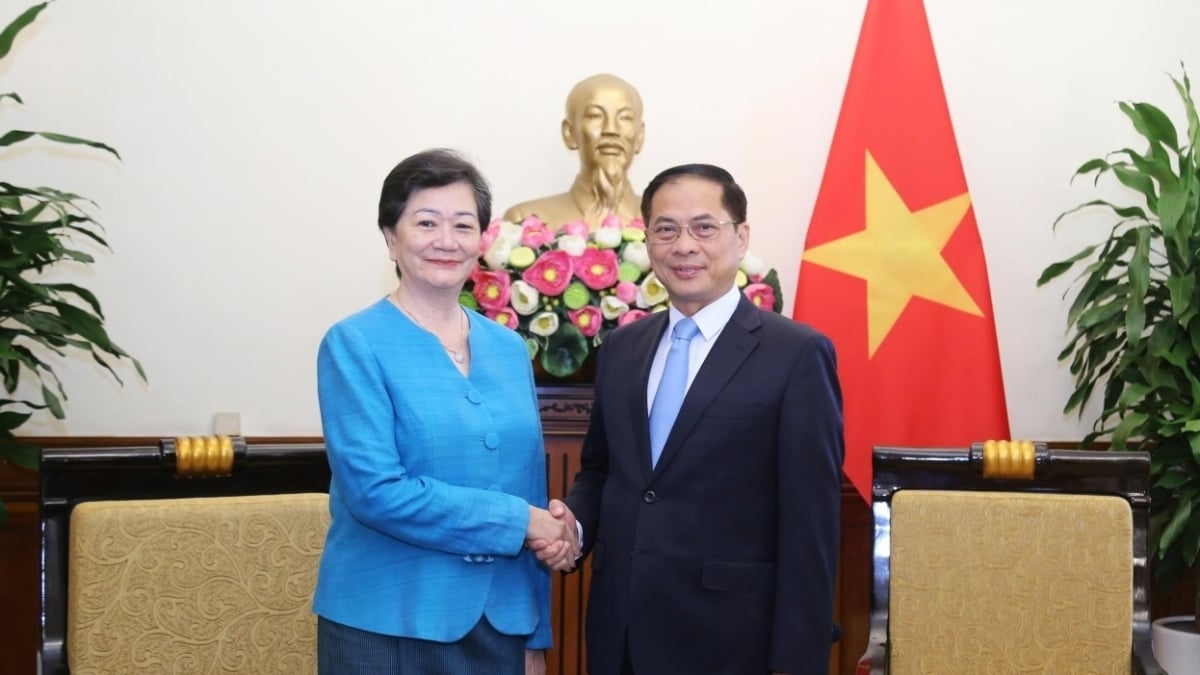




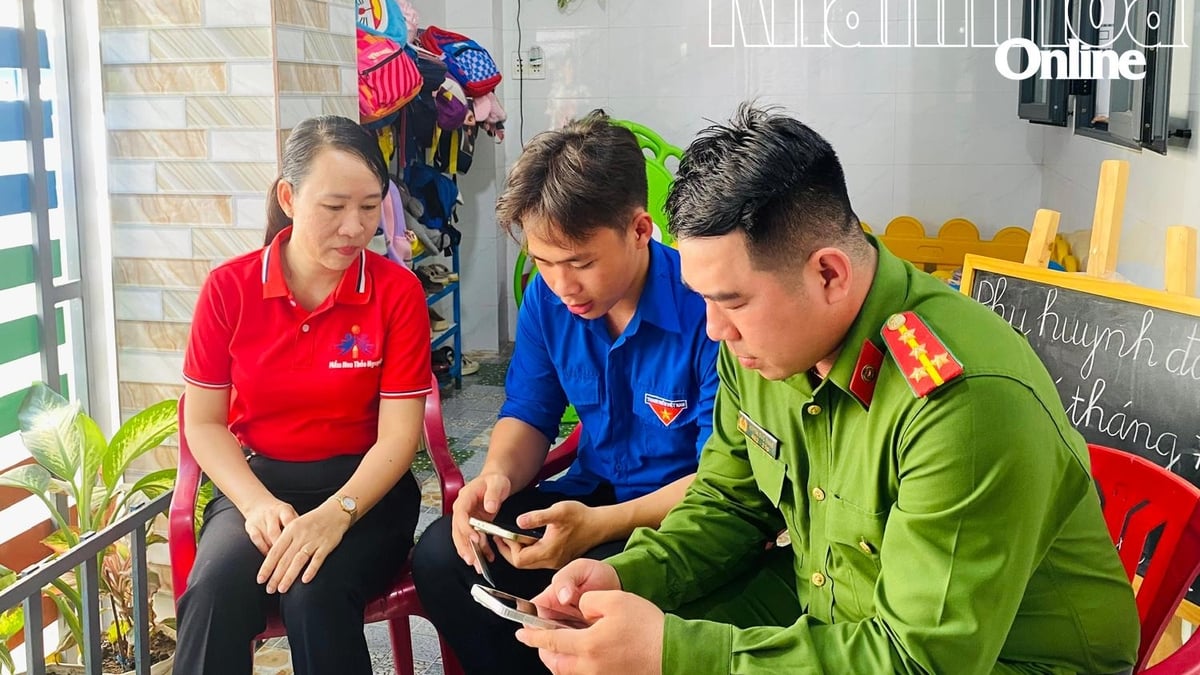
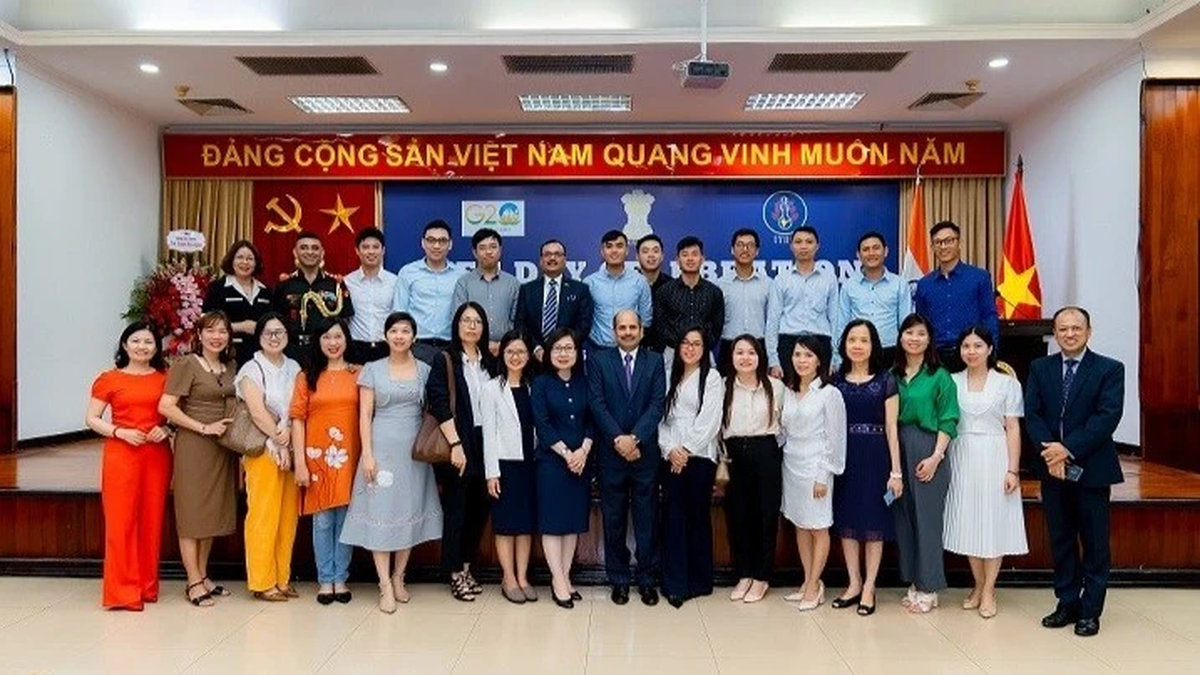













































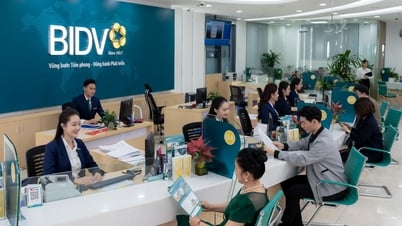





























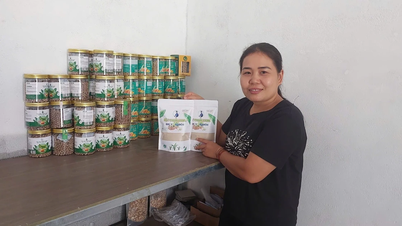














Comment (0)